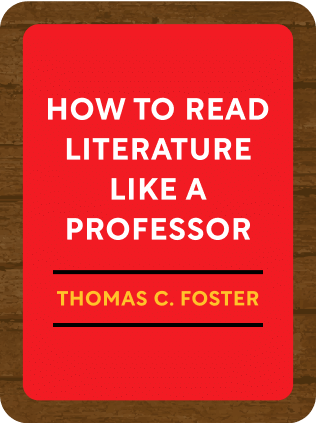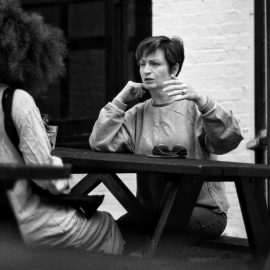

This article is an excerpt from the Shortform book guide to "How to Read Literature Like a Professor" by Thomas C. Foster. Shortform has the world's best summaries and analyses of books you should be reading.
Like this article? Sign up for a free trial here .
What do fairy tales and myths signify in literature? Why would an author choose to borrow an element of an already well-known story?
It’s common practice for authors to reference fairy tales and classical mythology in their literature because they are an assumed body of knowledge. Referencing well-known material allows an author to get a point across without much effort.
Keep reading for more information about literary fairy tales and myths.
Fairy Tales In Literature
Fairy tales are popular choices for authors to reference in literature because they’re an assumed body of knowledge. While some readers might not be able to pick up allusions to more traditional works, they have certainly internalized the classic fairy tales. The author wants her story to be new, but also to have familiarity. And, as an added bonus, there is very little ambiguity in literary fairy tales.
“Hansel and Gretel” is one of the most commonly adapted fairy tales in modern literature. The story of children far away from home, lost in a forest, and captured by some evil witch in a strange place—you’ve probably seen a version of this in something you’ve read.
As an example of a literary fairy tale, let’s think of a modern story with a fairy tale inspiration: A young couple is driving their BMW and get lost in a big city. Their cell phones are dead and their only option is to stop into a crack house. Sure, the young people aren’t brother and sister. Instead of their bread crumbs getting eaten by birds, their phones die. The crack house probably isn’t made out of gingerbread. But the ideas from the original fairy tale are still there.
In order to read literature like a professor, you want to see the details, patterns, or pieces of the story that the author is taking from the old fairy tale. Then, you have to ask why? Why did the author borrow that particular element, and what does it illuminate about their own story?
As a reader, you should also be on the lookout for irony—the use of a common pattern that goes against expectations. When the author puts the unambiguous world view of a fairy tale in conversation with our highly ambiguous reality, there is almost always irony there.
Myths in Literature
In general, the term “myth” means a story that explains people to people. Like fairy tales, classic myths are stories that are deeply ingrained in the memory of a group and that have the power to shape a culture’s way of seeing the world.
When an author uses a myth as inspiration for their work, he is reaching back to stories that matter to him and his tribe.
Why do authors use myths as guides for their own work? To show their characters’ nobility, while also highlighting their actions as primal. In Greek and Roman myths, characters heroically struggle against nature, the divine, other people, and themselves.
- Example: Derek Walcott’s Omeros uses parallels to The Iliad and The Odyssey to tell the story of a community of Caribbean fishermen. He knows this community intimately and wants to tell their story in a way that highlights their struggles, as well as their triumphs. The narrative guide of the classic myths allows Walcott to show the nuances of the fishermen’s condition by associating their story with an ancient epic.
Sometimes, authors put classic myths up to a funhouse mirror to distort the stories and show sillier correspondences to our reality. These ironic parallels are still meant to show some kind of nobility or voyage.
- Example: In James Joyce’s Ulysses, each strange episode is an homage to some incident in The Odyssey. Instead of a visit to the god of winds, Joyce has his character visit a newspaper office, where a gust of wind blows through.
When reading, remember that a reference to mythology or fairy tales in literature means that the author is giving you a hint that their story goes beyond what is on the page. She is trying to teach you something about the human condition.

———End of Preview———
Like what you just read? Read the rest of the world's best book summary and analysis of Thomas C. Foster's "How to Read Literature Like a Professor" at Shortform .
Here's what you'll find in our full How to Read Literature Like a Professor summary :
- How to get more out of the novels that you read
- Why you should focus on memory, symbols, and patterns to understand literature better
- Why sex scenes aren't always about sex






